
SocialFi has been a buzzword in the crypto space for years, but until recently, most platforms have been stuck in the rut of engagement farming. Users chase likes, shares, and comments for token rewards, flooding feeds with low-value content. The arrival of InfoFi on Base blockchain signals a pivotal shift: from shallow engagement metrics to real onchain impact and measurable value.

Why Engagement Farming Falls Short
Traditional SocialFi apps reward activity rather than substance. Platforms like Loudio incentivized users for every like or share, creating “waves of noise” rather than meaningful dialogue (jucoin.com). This model attracts bots and spammers, undermining both user trust and the long-term sustainability of decentralized social networks.
As the Web3 attention economy matures, stakeholders demand more than vanity metrics. Investors want proof of influence. Creators want fair monetization. Users want authentic interactions, not endless spam. This is where InfoFi steps in.
The InfoFi Model: Turning Attention Into Assets
InfoFi flips the script by assigning tangible financial worth to information and attention itself. Instead of rewarding raw engagement numbers, InfoFi mechanisms track and tokenize high-quality contributions, transforming influence into tradable assets (spartangroup.io). For example, Kaito’s ‘Yaps’ platform lets users earn tokens for valuable insights that drive real conversations or market action.
SocialFi Engagement Farming vs InfoFi Value Creation
-
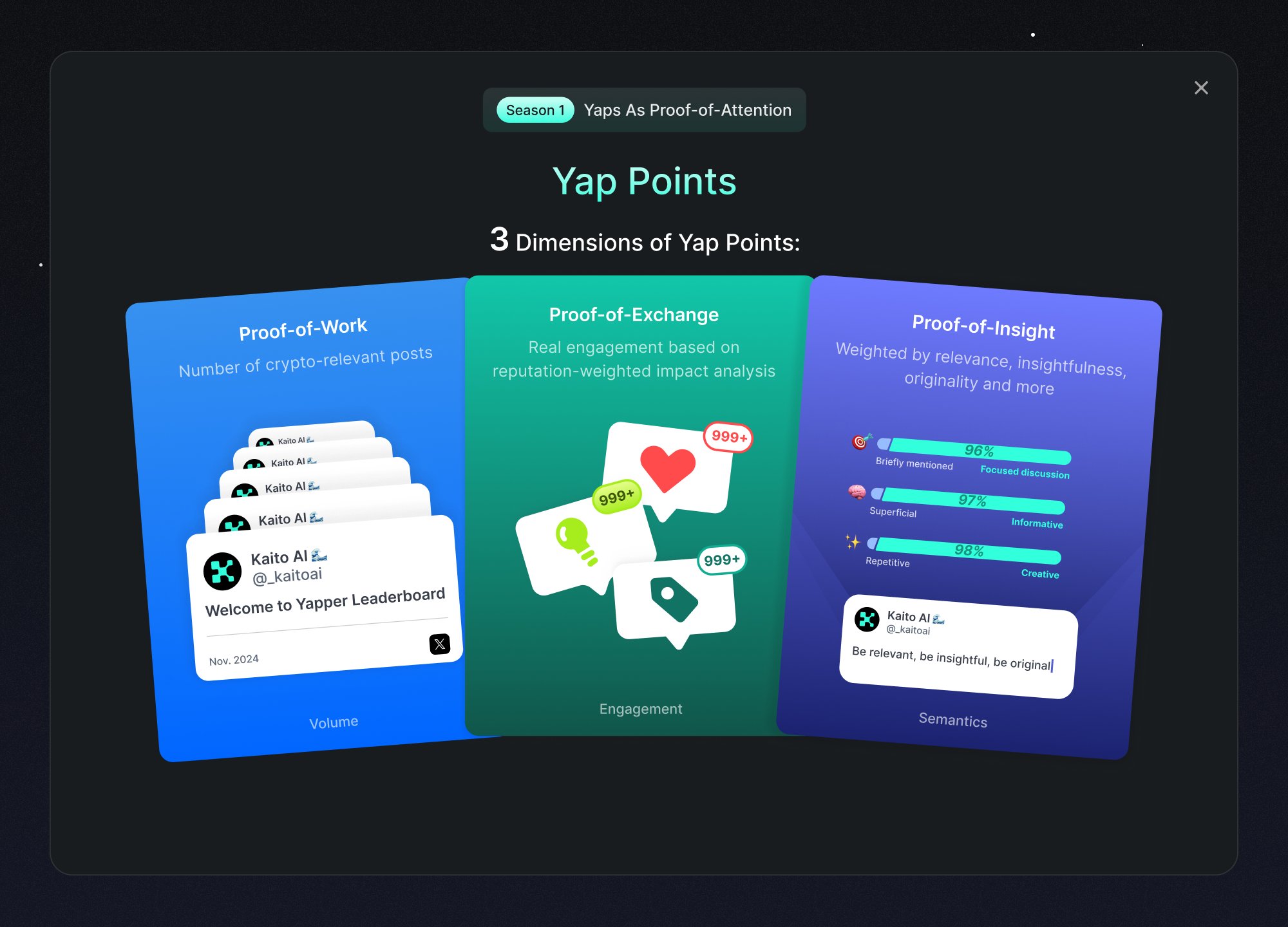
Incentive Structure: SocialFi platforms like Friend.tech reward users for high engagement (likes, shares, comments), often regardless of content quality. InfoFi models (e.g., Kaito Yaps, Mindo AI) incentivize the creation and sharing of high-value, accurate information, assigning direct financial worth to user-generated insights.
-
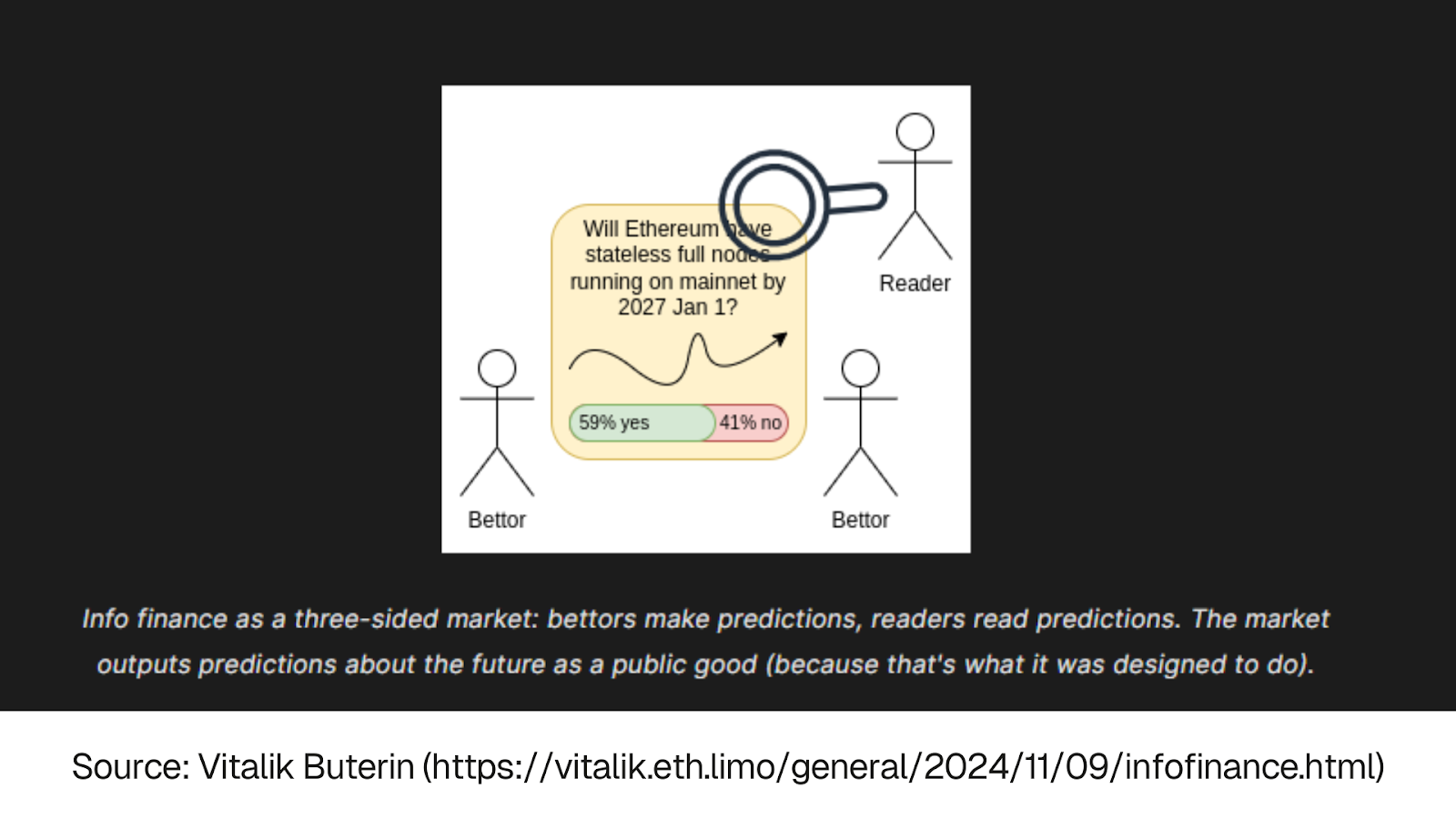
Value of Attention: SocialFi treats attention as a metric to farm for rewards, leading to superficial interactions. InfoFi transforms attention into a quantifiable, on-chain asset, where meaningful engagement is tokenized and can be traded or monetized.
-
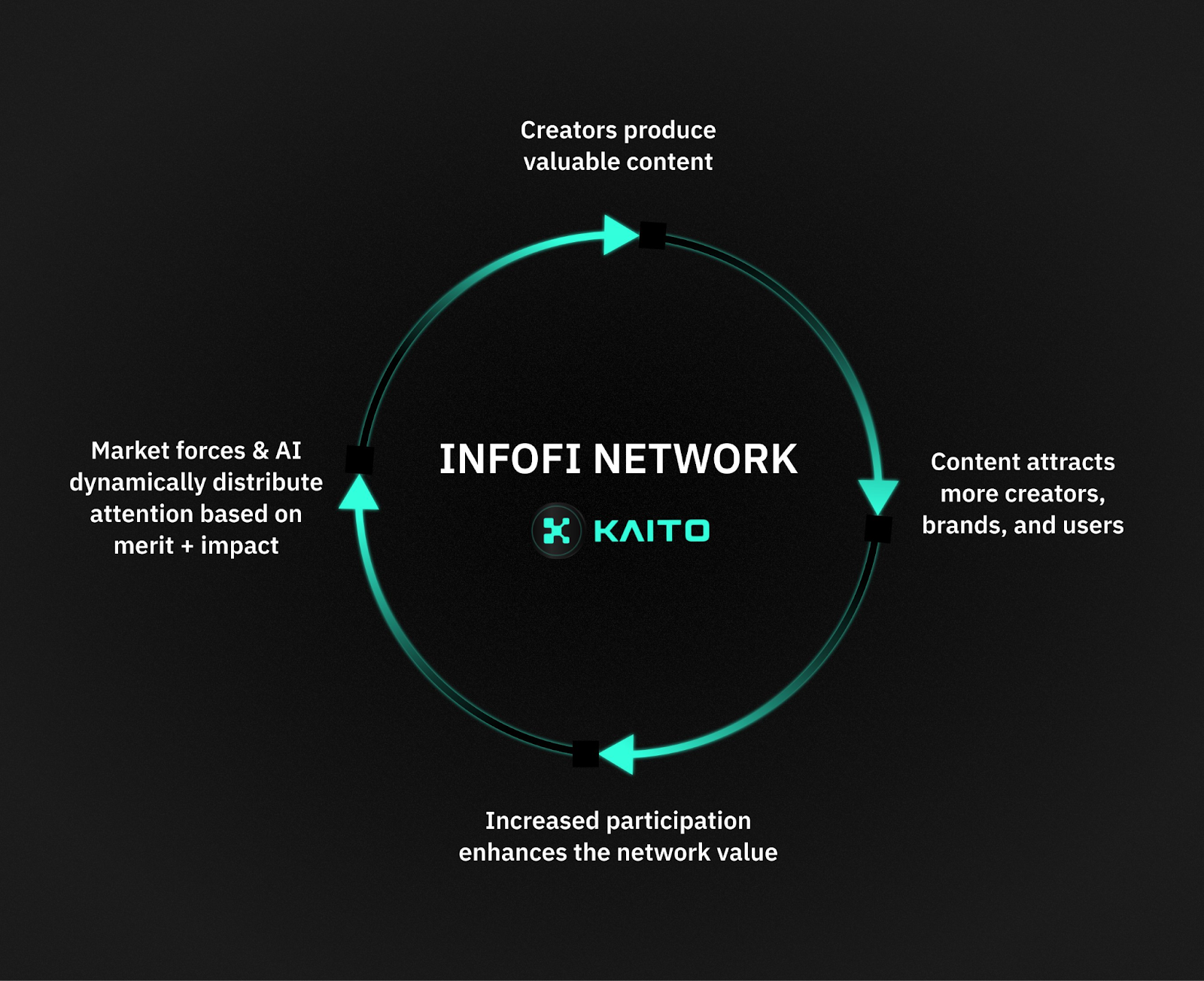
Impact on Content Quality: SocialFi often results in content optimized for virality rather than substance. InfoFi platforms like Kaito Yaps and Mindo AI reward depth, accuracy, and utility, improving overall information quality on-chain.
-
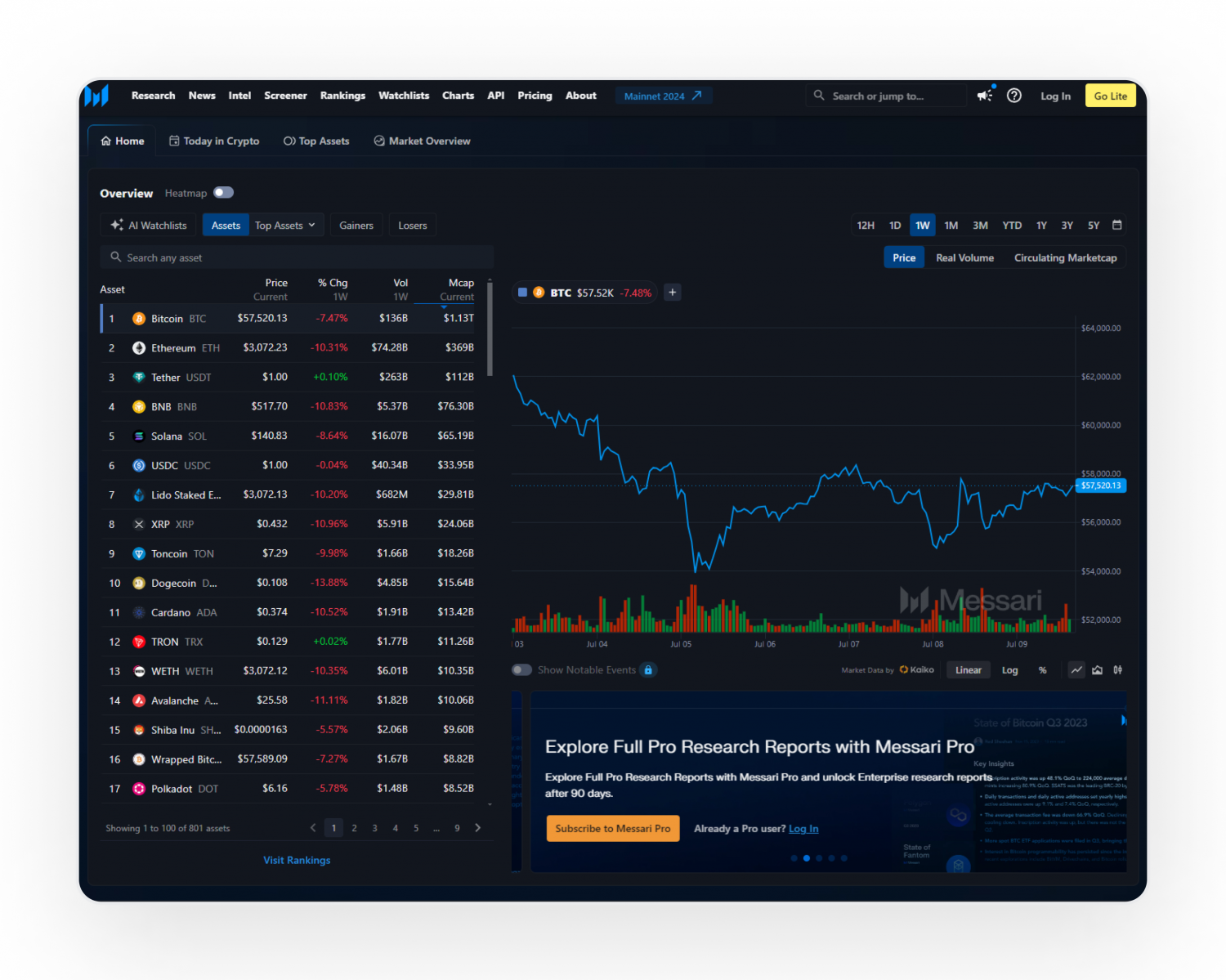
On-Chain Transparency: SocialFi platforms may track engagement off-chain or with limited transparency. InfoFi leverages Base’s on-chain infrastructure, ensuring transparent, verifiable records of value creation and distribution.
-

Long-Term Ecosystem Health: SocialFi engagement farming can lead to spam and unsustainable growth. InfoFi aligns incentives with platform sustainability by rewarding genuine contributions, supporting a more robust and enduring ecosystem.
This approach creates a market-driven system where attention is not just a metric but an asset class with price discovery. MindoAI’s social cards, another emerging tool, measure genuine influence using AI-powered analytics, offering advertisers and DAOs better ROI on their campaigns while giving creators new ways to monetize expertise.
Base Blockchain as an InfoFi Launchpad
The Base blockchain, an Ethereum Layer-2 incubated by Coinbase, has rapidly become a magnet for next-gen SocialFi apps focused on real onchain social impact. With platforms like Friend. tech leading adoption, Base now accounts for nearly 50% of all SocialFi transactions globally (cryptonews.net). This dominance isn’t just about scale; it’s about fostering ecosystems where information quality drives platform health and sustainability.
The integration of programmable influence tools (like those pioneered by MindoAI) with Base’s robust infrastructure enables developers to build decentralized social networks that reward substance over spam. AI agents are further accelerating this trend, an estimated $50 billion and market cap across AI-integrated crypto projects highlights just how fast this sector is growing.
Which reward system do you prefer in SocialFi apps?
InfoFi on Base is shifting SocialFi from engagement farming (likes, shares) to rewarding users for valuable, on-chain contributions. Do you prefer being rewarded for engagement or for creating real value?
InfoFi Use Cases: Beyond Content Monetization
The implications extend far beyond creator payouts or influencer marketing. On-chain identity management, transparent reputation systems, and even DAO governance can be transformed when information becomes an asset with provable value. As programmable incentives replace blunt engagement farming tools, we’re seeing the emergence of a more sustainable Web3 attention economy, one where data-driven reputation carries as much weight as wallet balances or token holdings.
Projects like Kaito’s Yaps and MindoAI social cards are already demonstrating how InfoFi models can be leveraged for more nuanced applications. For instance, DAOs can use onchain analytics to identify true thought leaders and allocate voting power or rewards accordingly. Brands and marketers can run targeted campaigns where ROI is measured by actionable influence, not just raw impressions. Even NFT communities are experimenting with InfoFi-powered reputation scores to gate access or unlock exclusive experiences for high-value contributors.
Challenges and Roadblocks Ahead
Despite the momentum, the shift from SocialFi engagement farming to InfoFi value creation isn’t without friction. One key challenge is the risk of over-financialization, when every interaction has a price tag, authentic community-building can suffer. There’s also the technical hurdle of reliably measuring “quality” in a decentralized context: AI-powered analytics like those from MindoAI are promising, but they must continually evolve to stay ahead of manipulation and gaming.
Regulatory uncertainty is another wildcard. As InfoFi platforms increasingly blur the lines between social media, financial products, and data marketplaces, compliance with global privacy and securities laws will become a pressing concern for both developers and users.
What’s Next for SocialFi on Base?
Looking ahead, the Base blockchain is poised to remain at the epicenter of this paradigm shift. Its open infrastructure, low transaction costs, and growing ecosystem make it an attractive launchpad for new InfoFi experiments. Expect further integration between AI agents, DeFi primitives, and programmable influence systems, each reinforcing the others in a feedback loop that drives both user engagement and platform value.
The next wave of decentralized social networks will likely be defined by their ability to balance financial incentives with genuine community curation. Platforms that succeed will be those that build transparent reputation systems, reward high-signal contributions, and give users granular control over their data and identity.
Top Real-World InfoFi Use Cases on Base
-
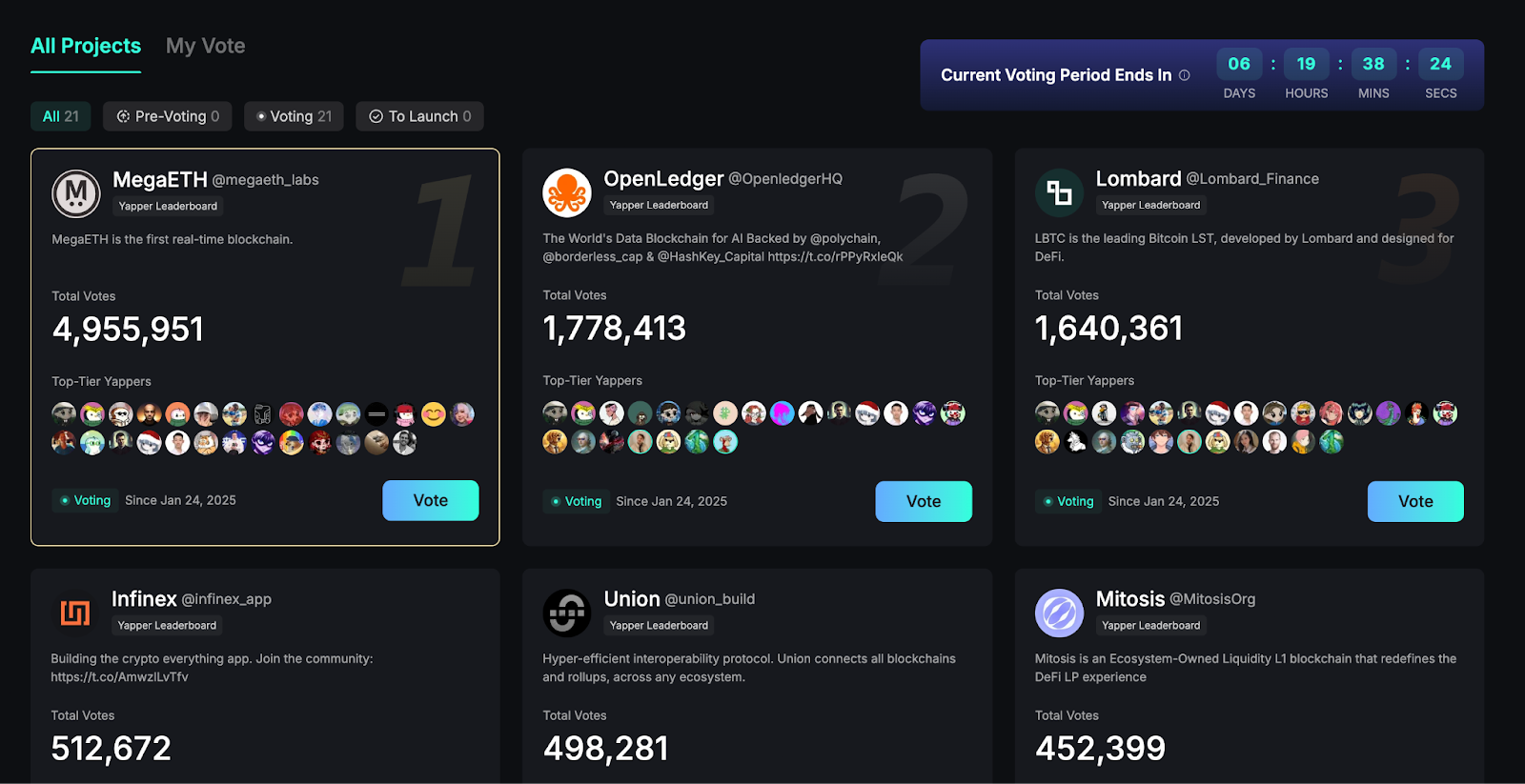
Kaito Yaps: Kaito’s ‘Yaps’ platform tokenizes user engagement, rewarding high-quality content with tradable assets, turning attention and information into quantifiable, on-chain value.
-
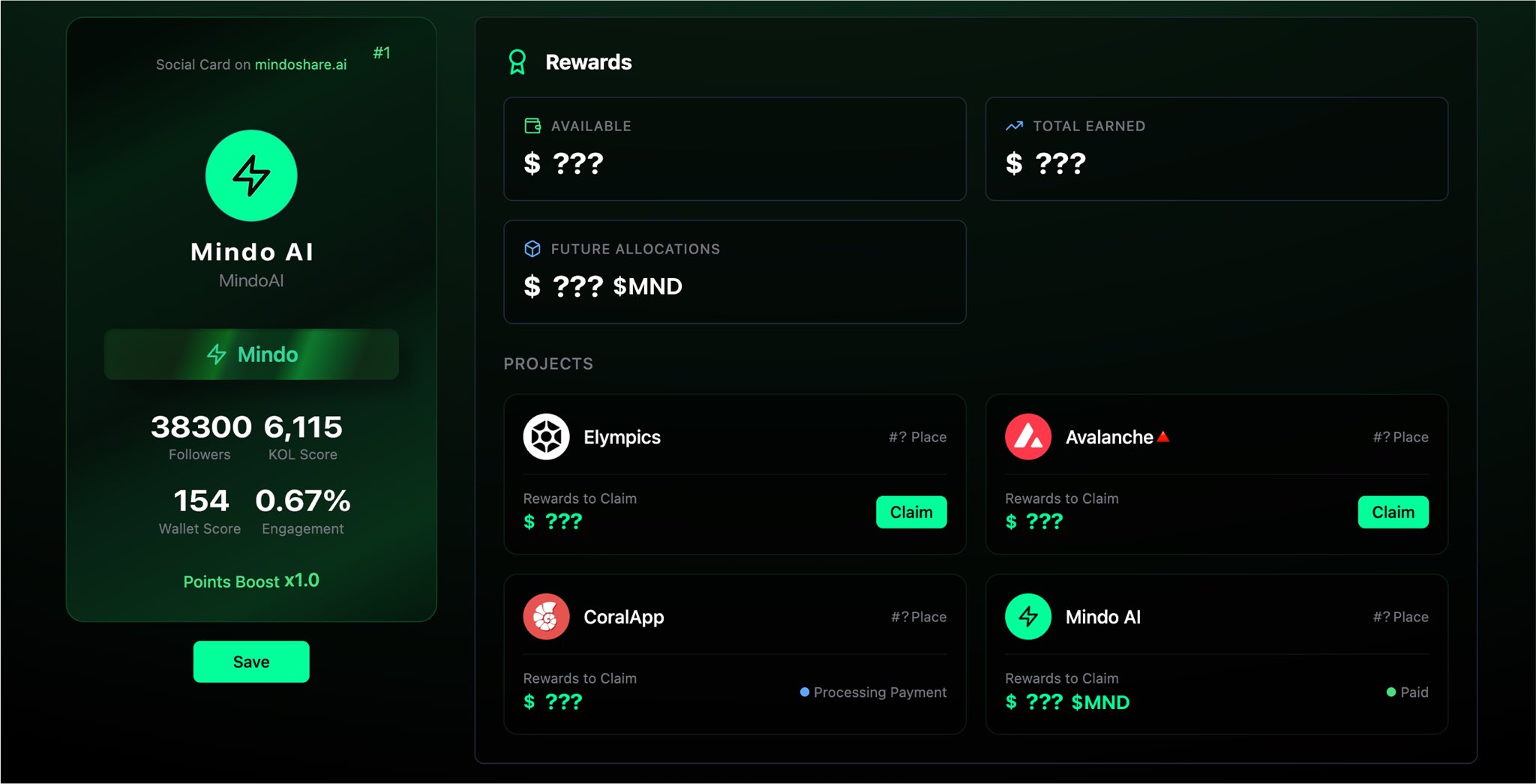
Mindo AI Campaigns: Mindo AI leverages InfoFi to measure genuine influence and create incentive mechanisms, enabling brands and creators to launch campaigns that reward authentic engagement on Base.
-

Friend.tech Integration: By integrating with Base, Friend.tech enables users to monetize social interactions and on-chain identity, shifting from engagement farming to meaningful, value-driven participation.
-
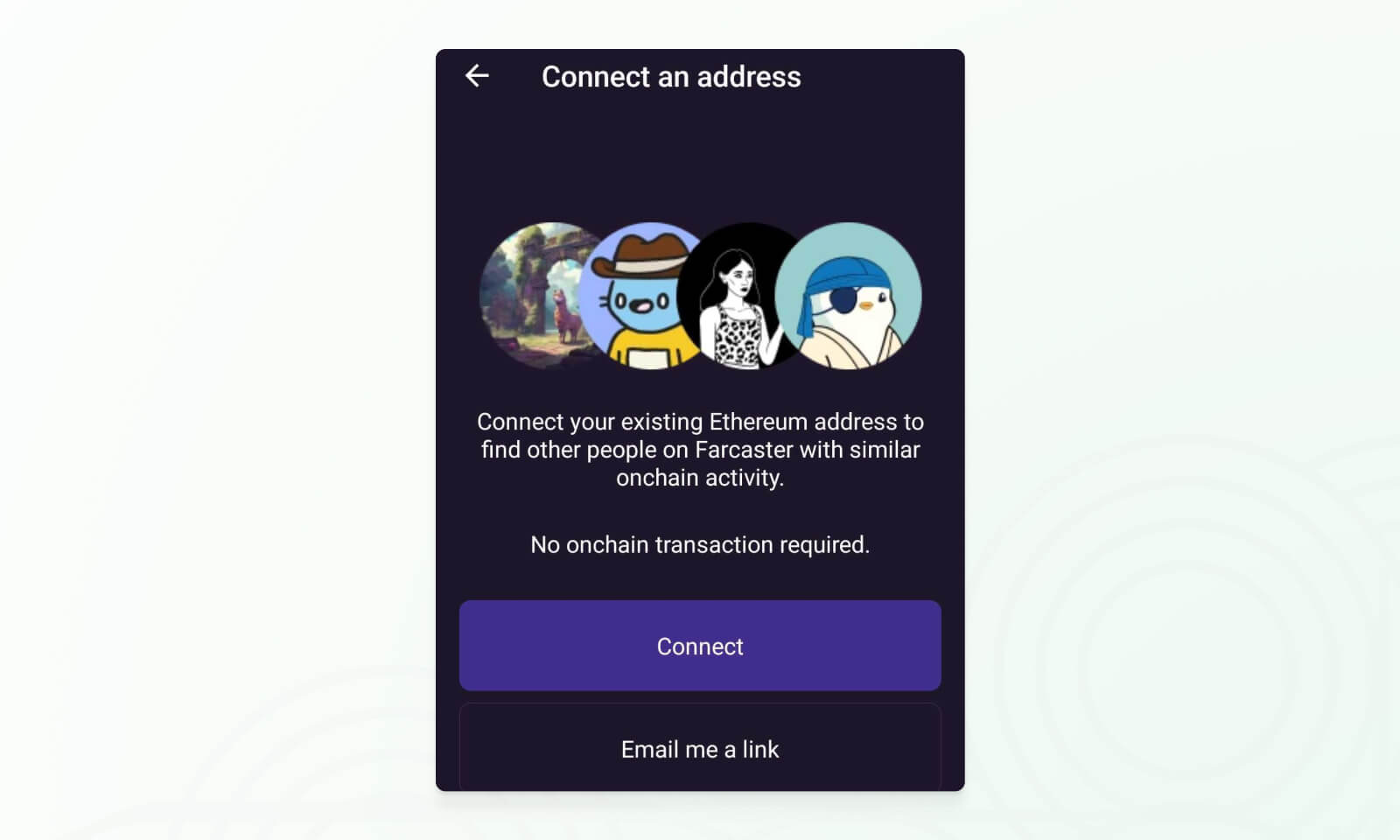
Farcaster & Warpcast: These decentralized social platforms on Base use InfoFi principles to reward users for valuable contributions, supporting a sustainable attention economy beyond superficial metrics.
-
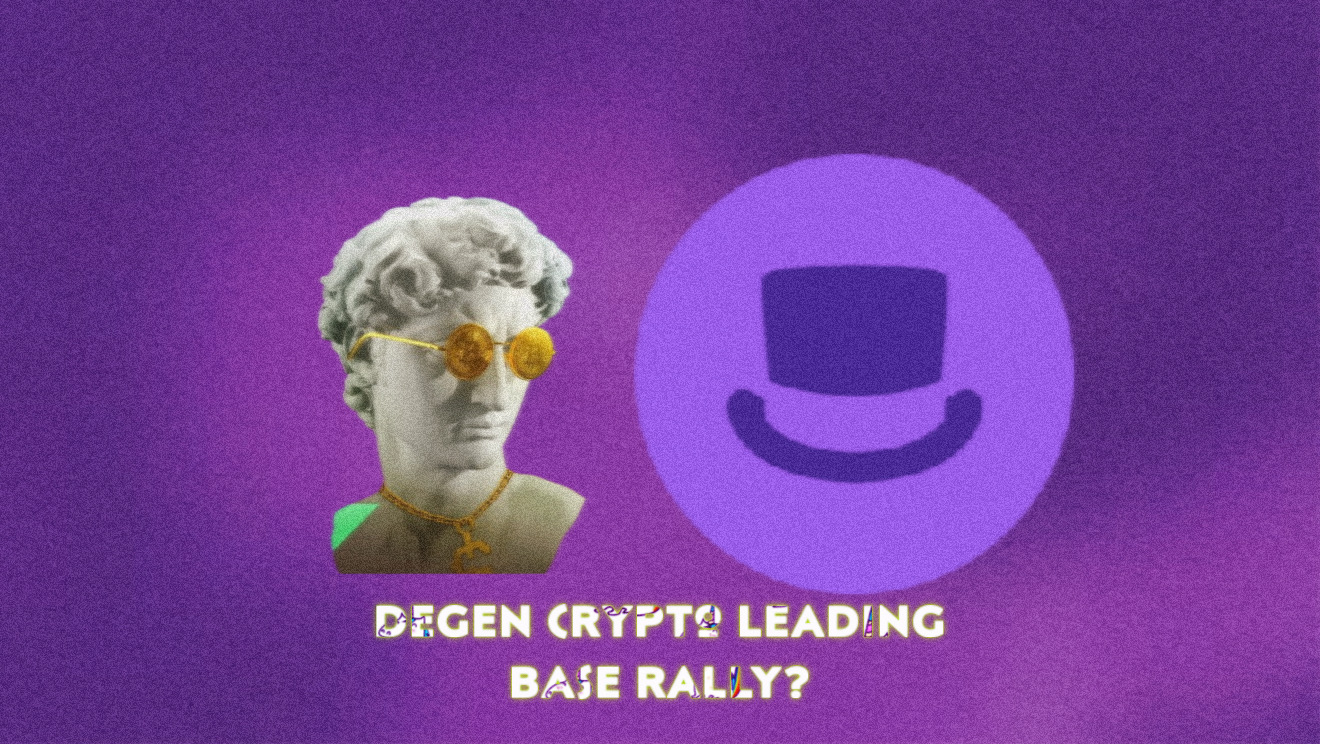
DEGEN Token Ecosystem: The DEGEN token on Base incentivizes high-quality content creation and sharing, aligning user rewards with genuine on-chain impact rather than mere engagement numbers.
This evolution also opens new doors for crypto marketing ROI. Marketers can now target audiences based on provable influence rather than vanity metrics, unlocking smarter ad spend across Web3 attention markets.
The bottom line: The rise of InfoFi on Base marks a critical inflection point for SocialFi as a whole. By anchoring value in verifiable information instead of empty engagement loops, these platforms are laying the groundwork for more resilient digital communities, and giving users a real stake in the networks they help build.






